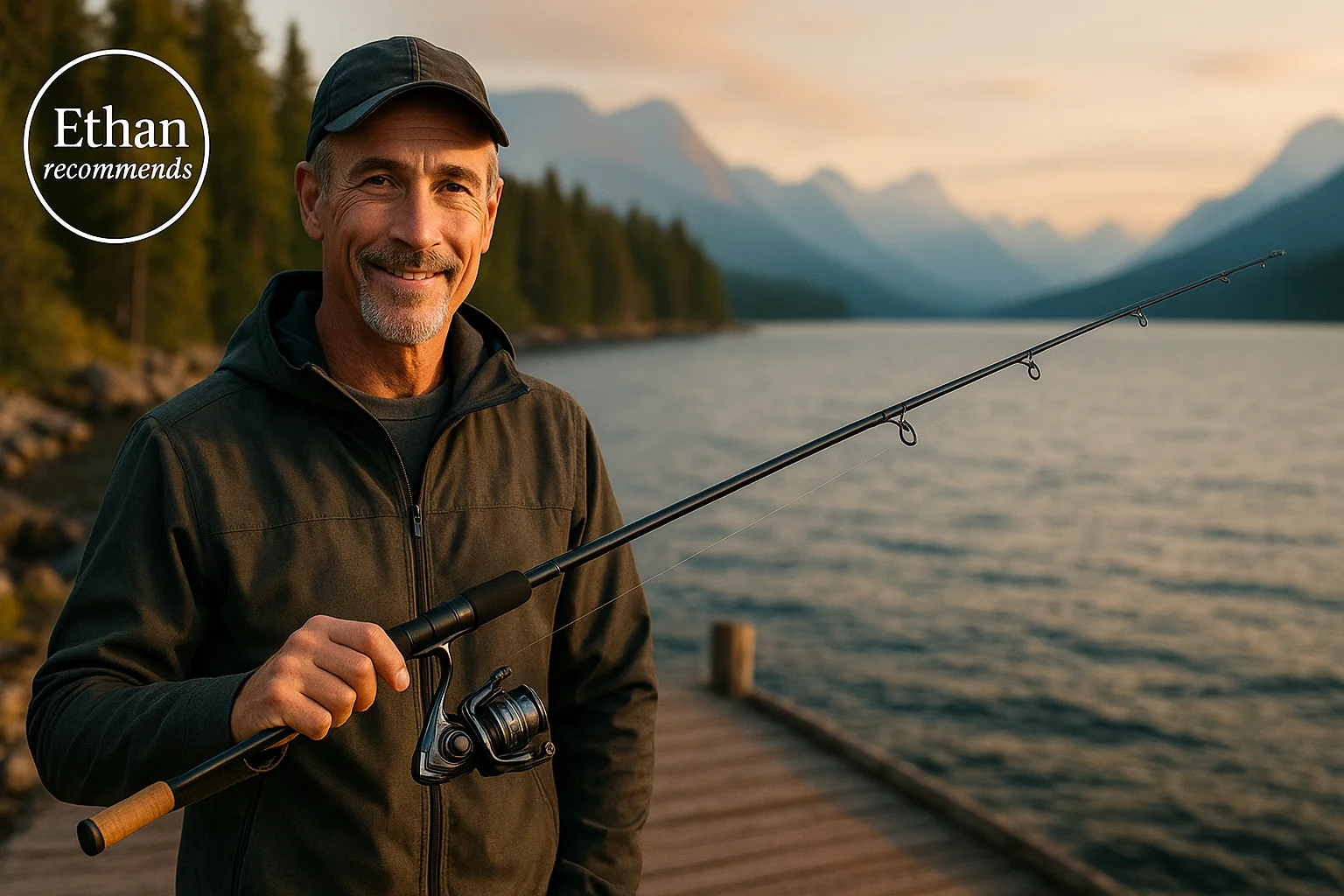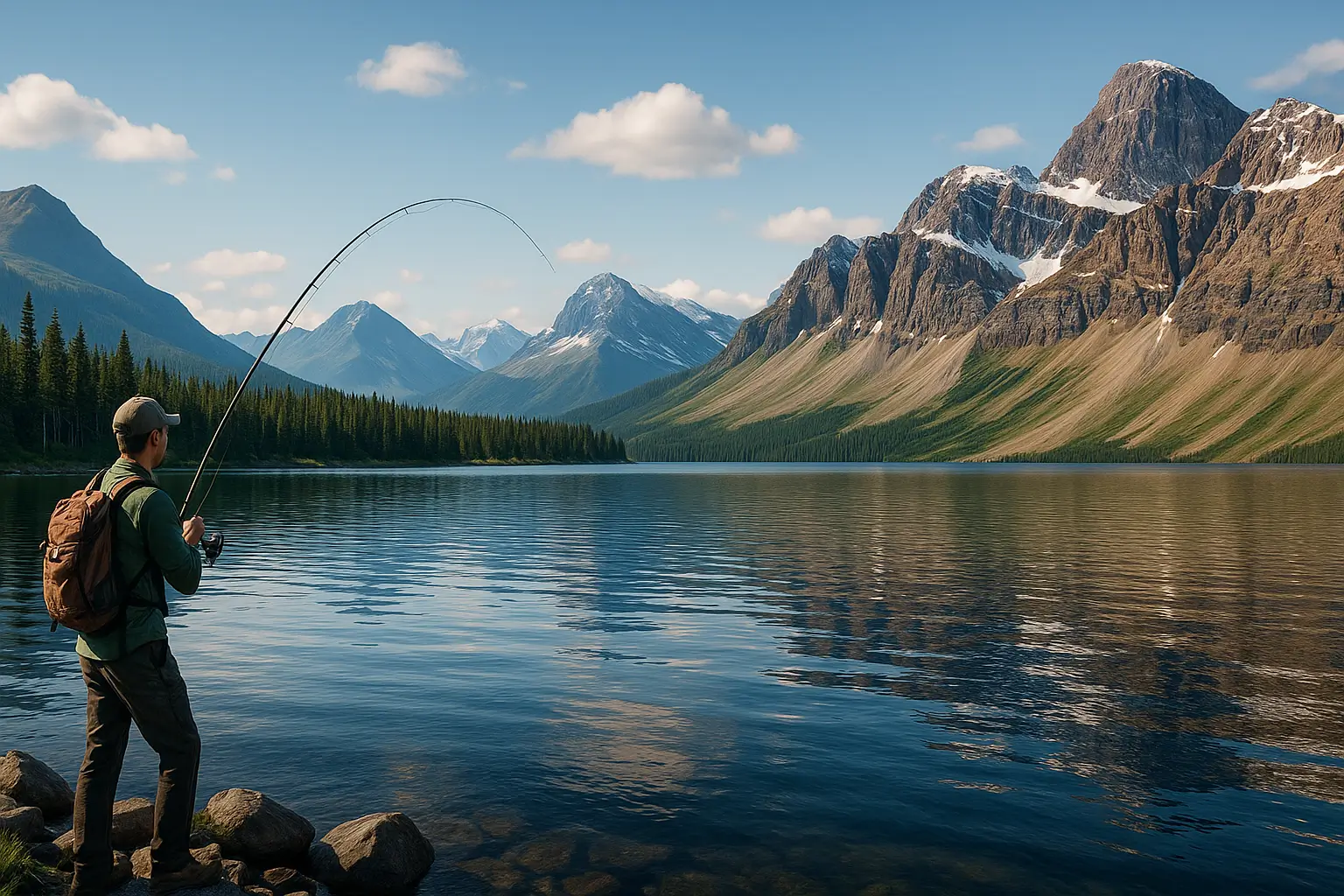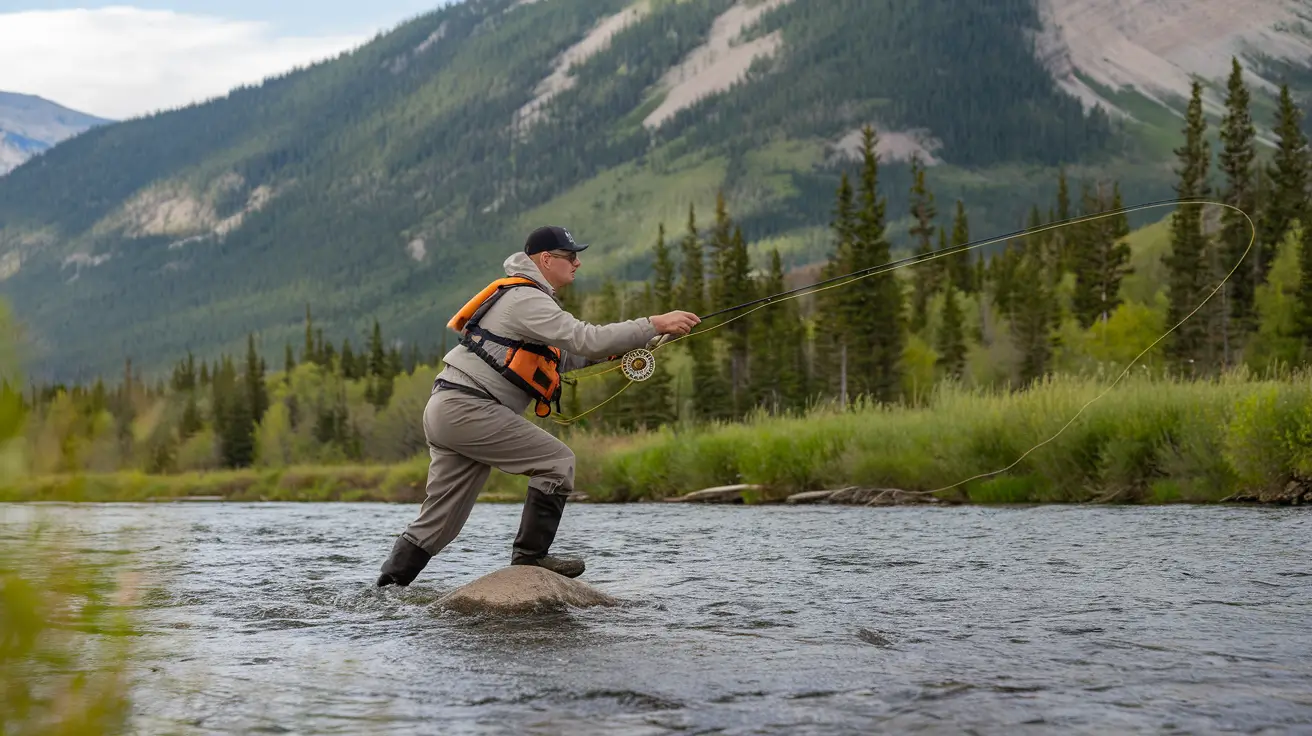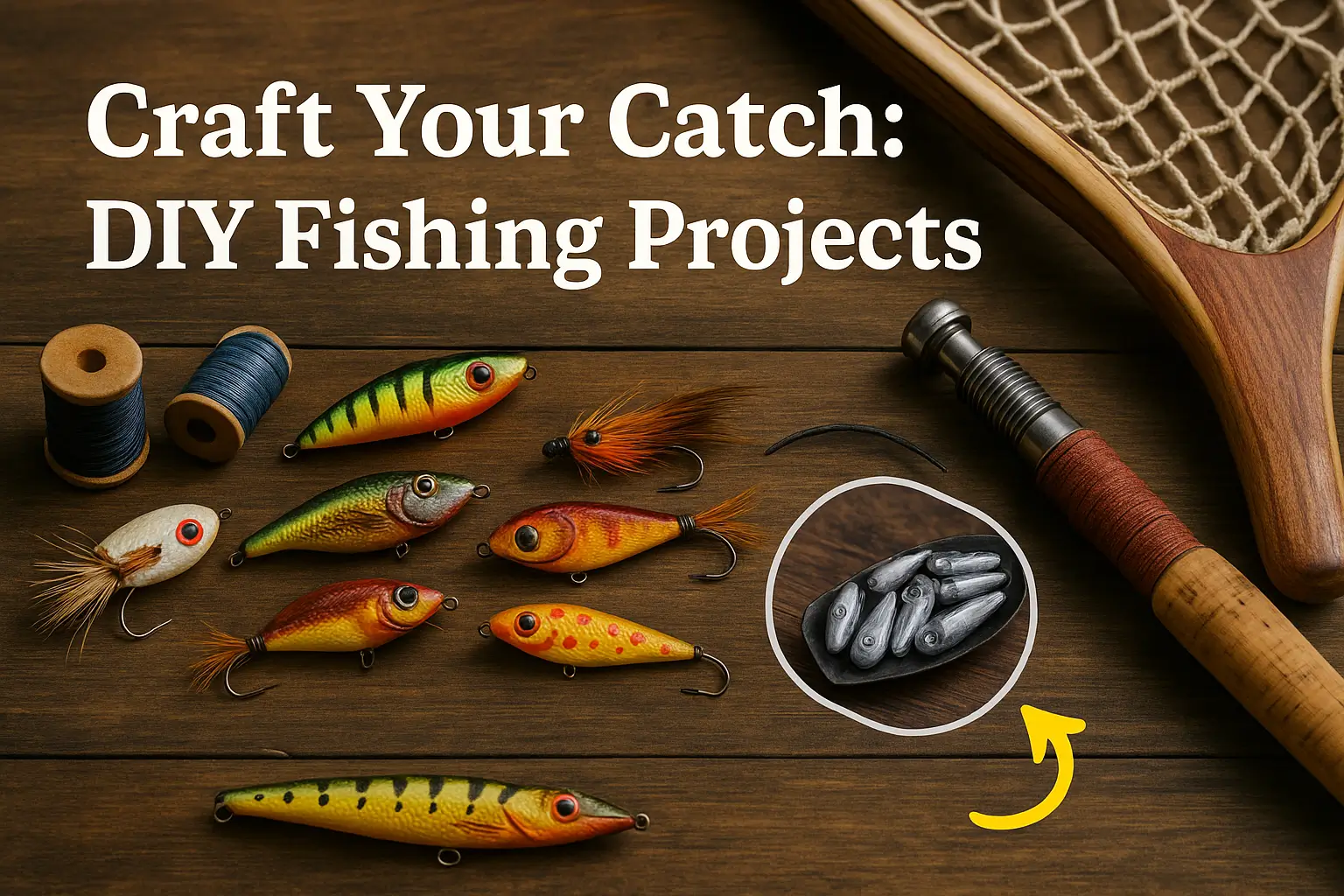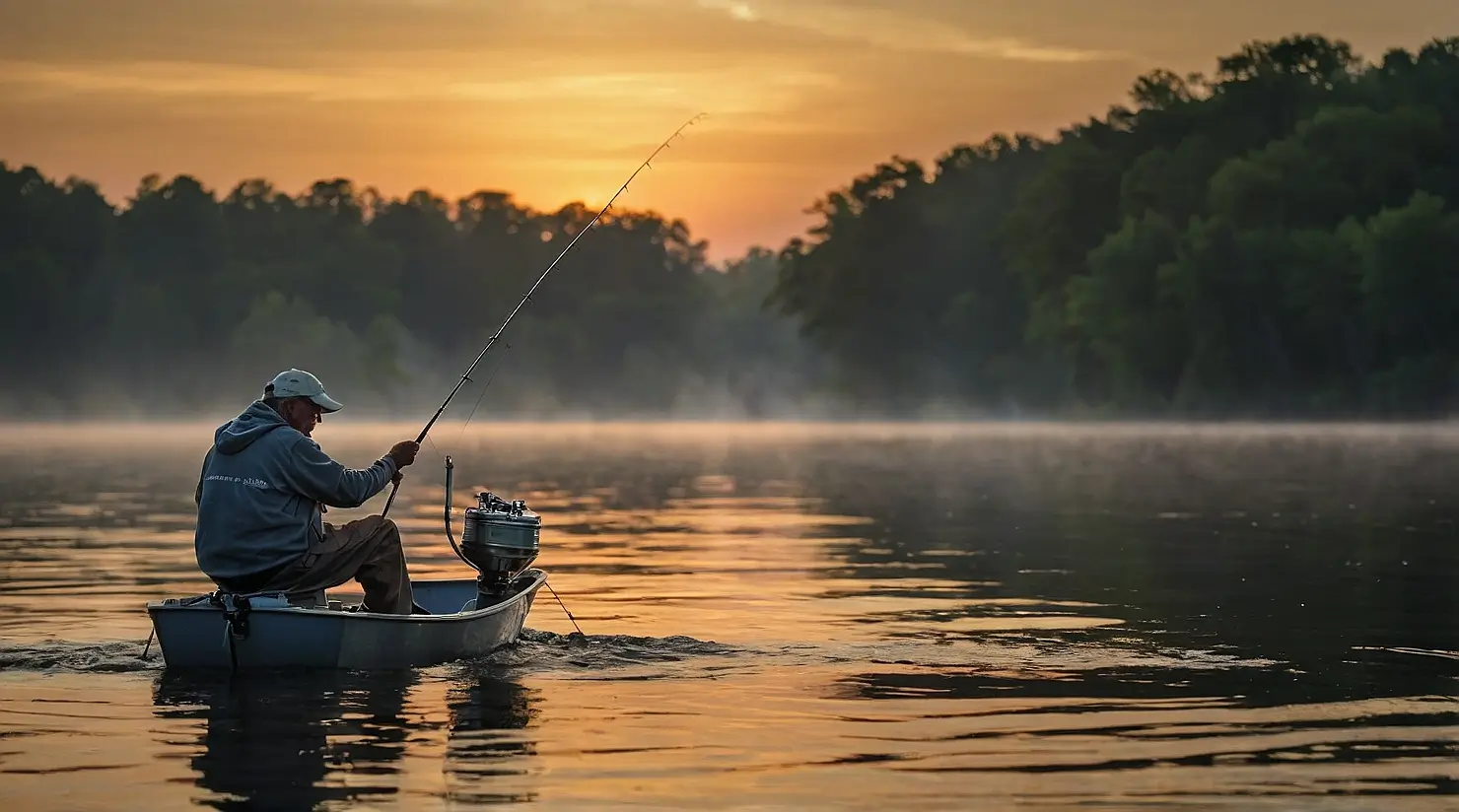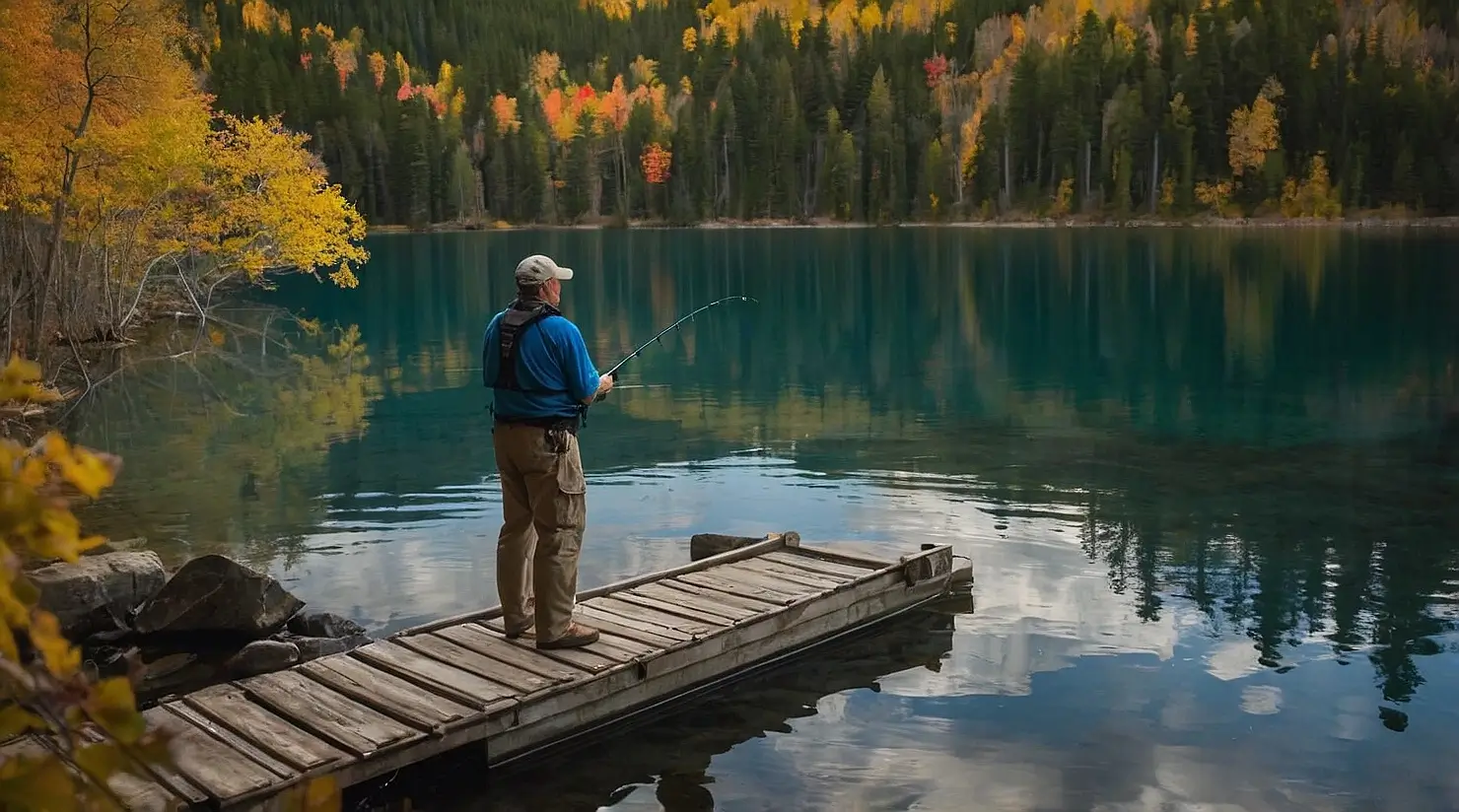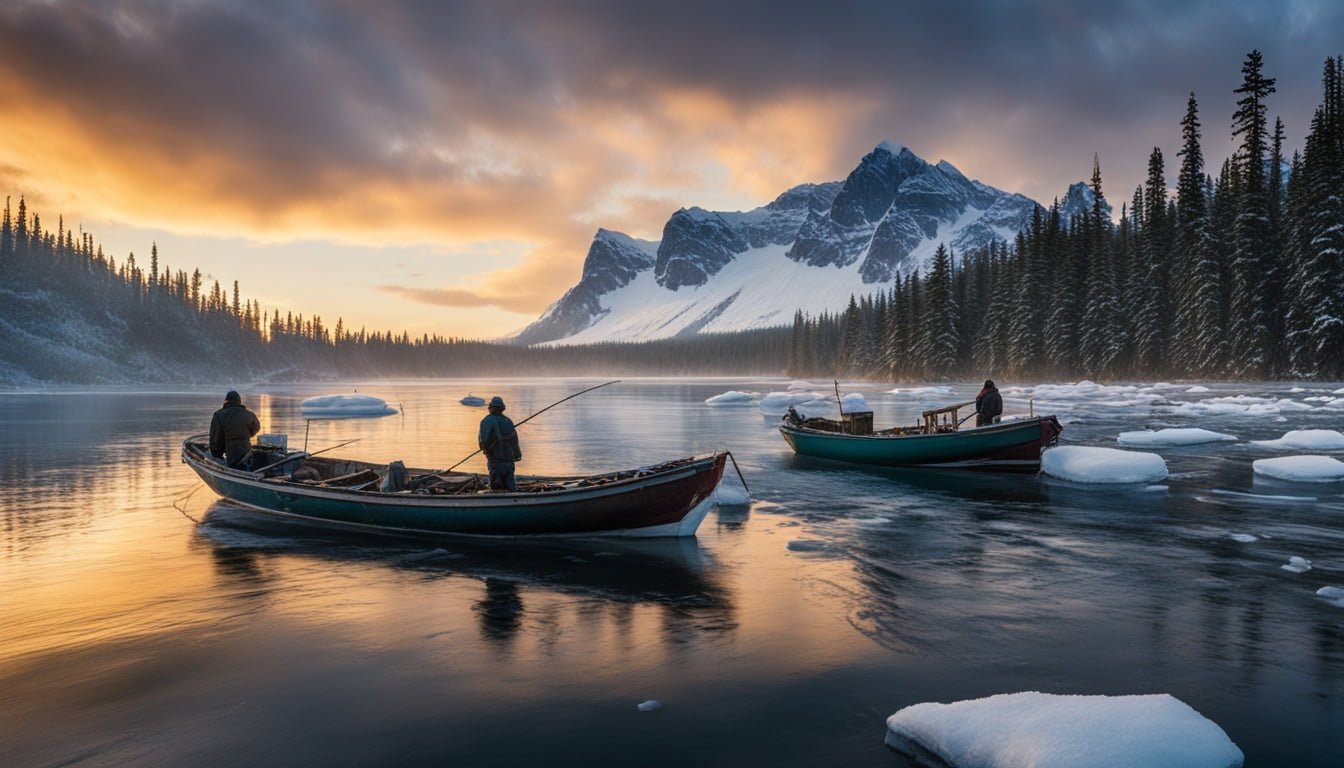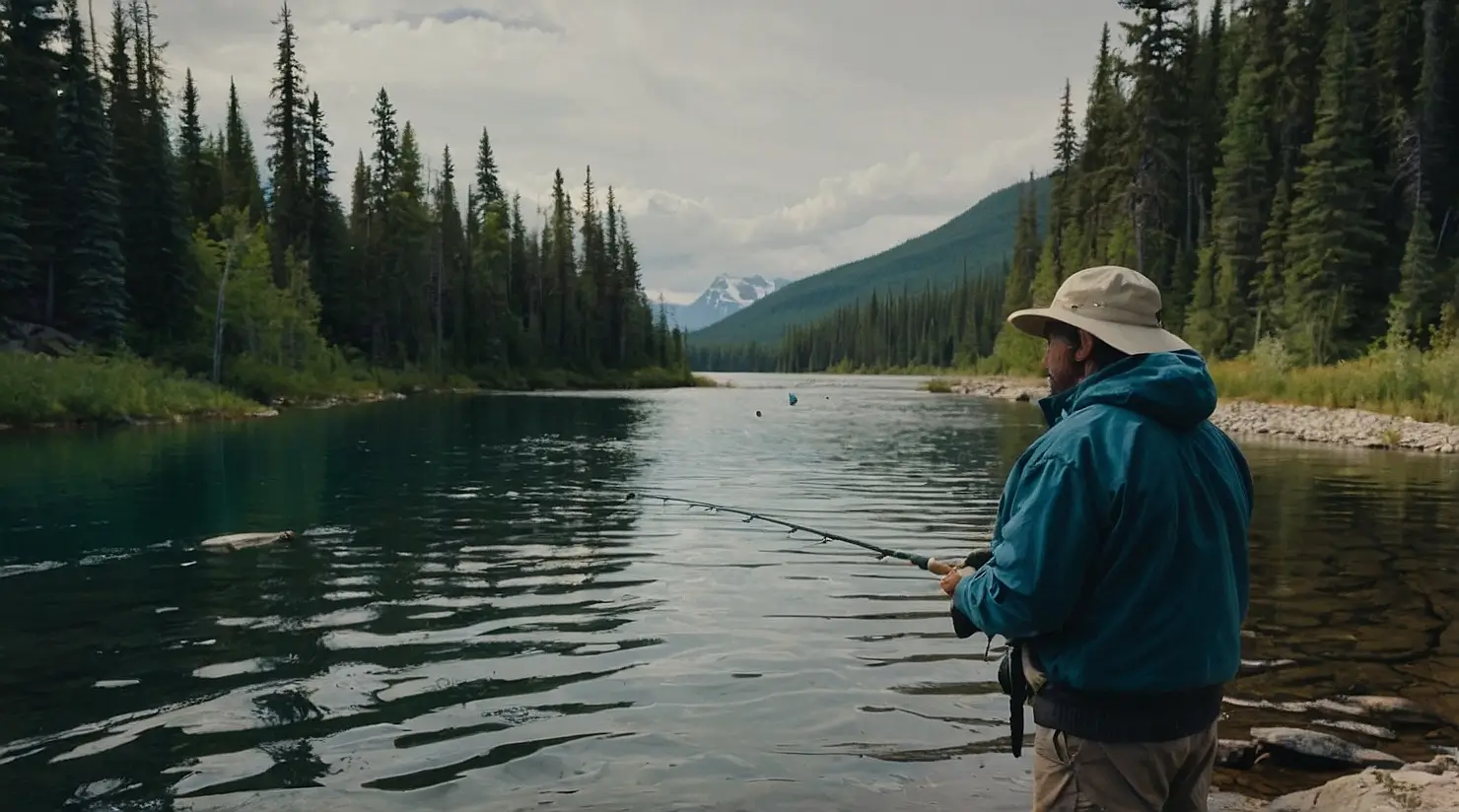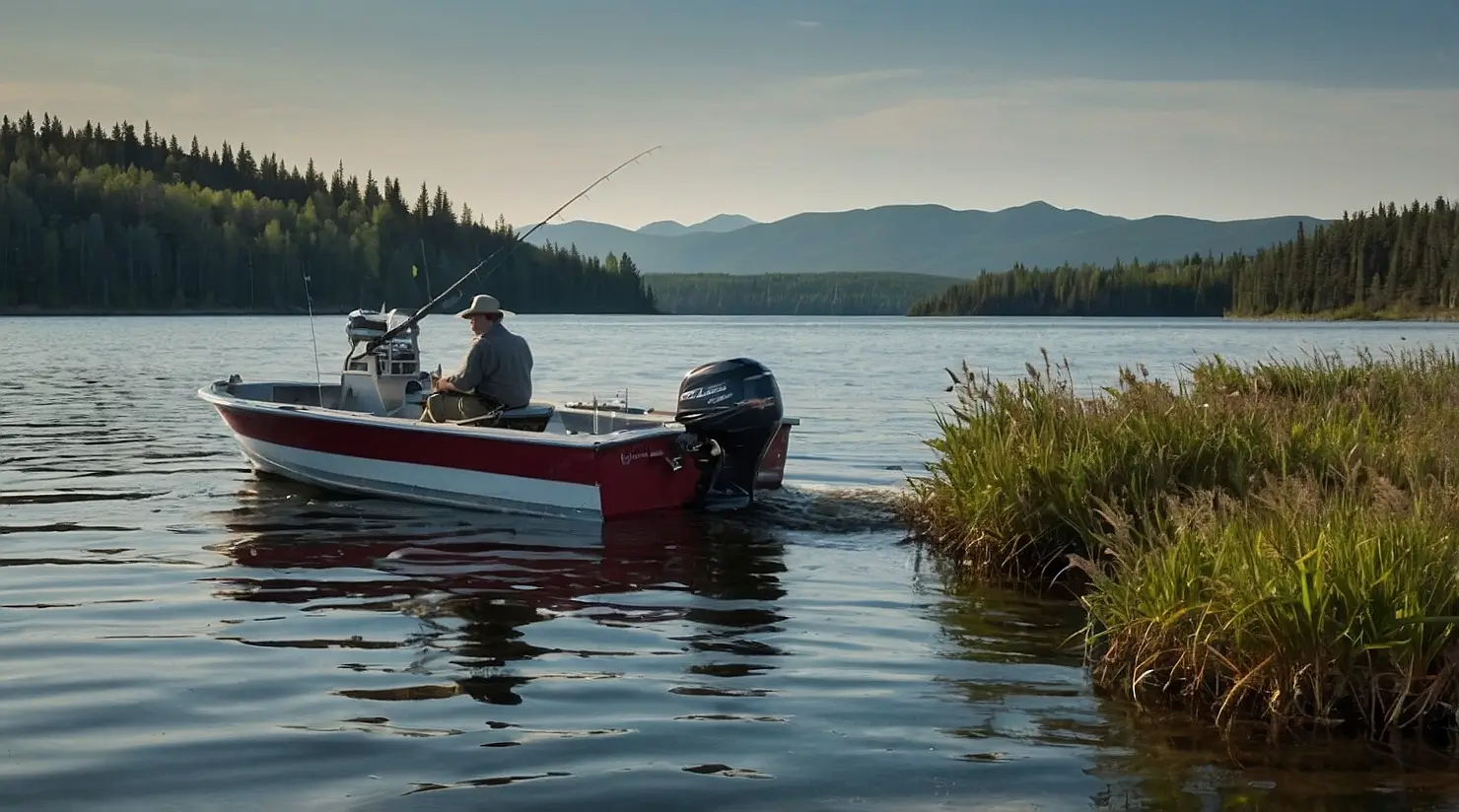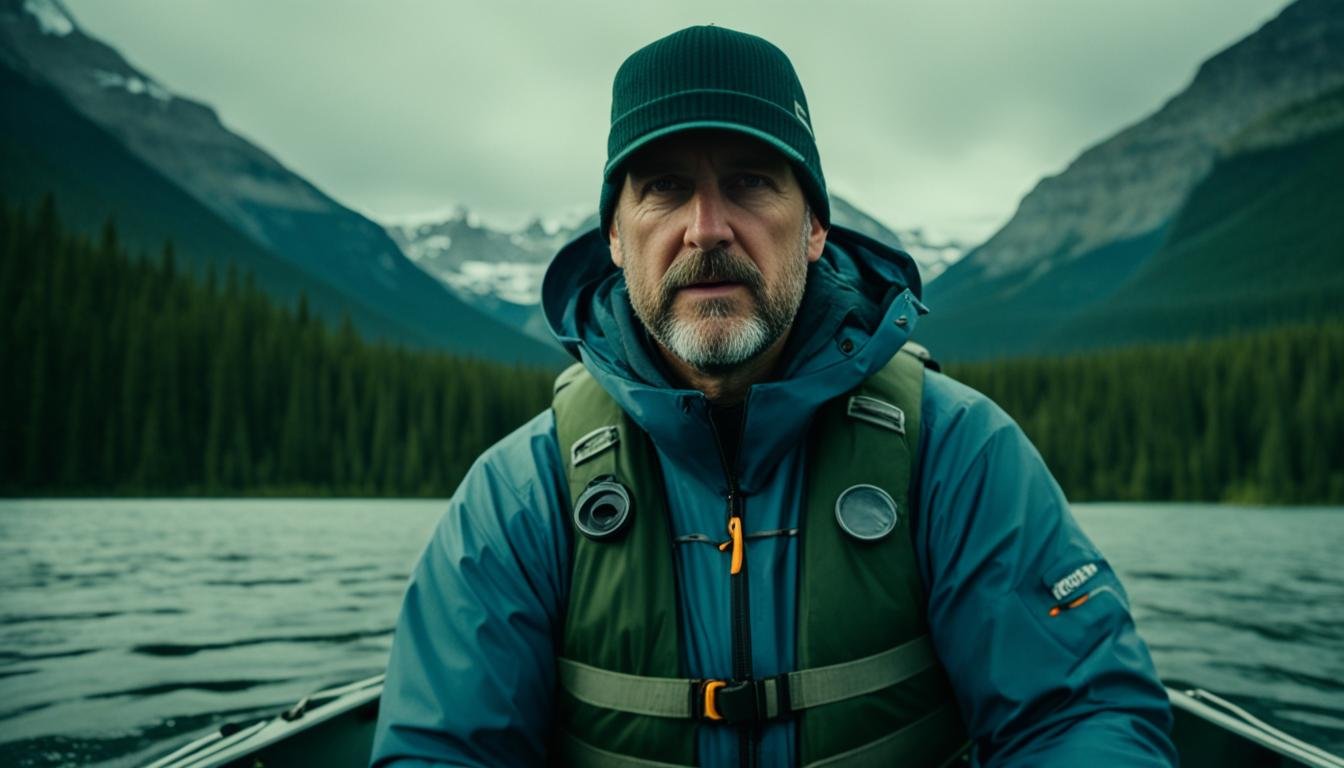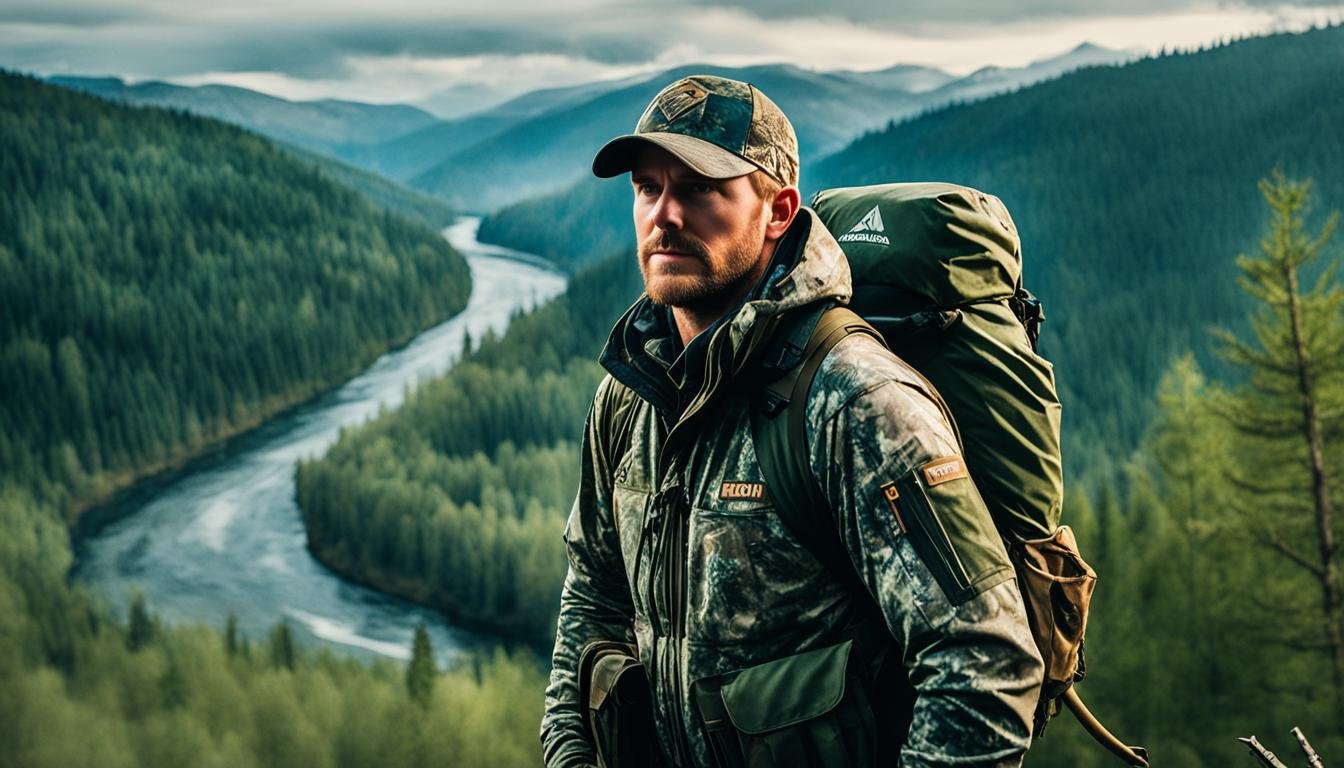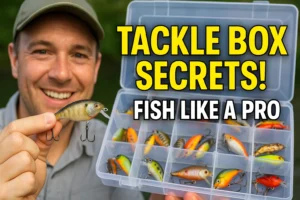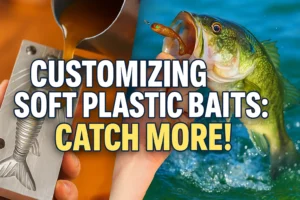Explore Canada’s Ultimate Fishing, Hunting, and Wildlife Adventures
Nature’s Playground: Discover Canada’s Ultimate Outdoor Experiences
Discover Canada’s Wild Beauty
Embark on an unforgettable journey through Canada’s breathtaking landscapes, where adventure awaits at every turn. Whether you’re casting a line in pristine lakes, tracking wildlife in lush forests, or experiencing the thrill of a hunt, Canada offers unparalleled opportunities for outdoor enthusiasts.
Fishing Paradise Awaits
Cast your line in crystal-clear lakes and rivers teeming with life. Canada is a haven for anglers seeking unforgettable moments in nature.
Explore Untamed Forests
Immerse yourself in lush woodlands, track wildlife, and discover hidden gems in Canada’s expansive wilderness.
Thrill of the Hunt
Embark on a hunting adventure like no other, with Canada’s diverse landscapes offering unmatched opportunities for enthusiasts.
Find Your Next Outdoor Inspiration
Search blog posts for expert advice, top gear reviews, adventure recommendations, and breathtaking spots across Canada to fuel your wildest adventures!
The Complete Guide to Ice Fishing in Canada: Everything You Need to Know for 2025
Complete guides and tips for ice fishing in Canada. Learn about safety, gear, techniques, and the be…
Read More5 Steps to a Perfect DIY Fishing Knot Practice Board
Learn how to create your own fishing knot practice board with simple materials. Master essential fis…
Read More5 Ways to Experience Tropical Wildlife Parks in Canada
Explore Canada's unique tropical wildlife parks. Discover indoor conservatories, rainforest exhibits…
Read MoreHow to Transform Your Customizing Tackle Box for Success
Transform your customizing tackle box for success! Learn simple ways to organize, protect, and optim…
Read MoreEssential Fly-Tying Travel Kit Guide for Anglers
Discover how to build the perfect fly-tying travel kit for your fishing adventures. Learn essential …
Read MoreCustomizing Soft Plastic Baits: Easy Steps
Learn to customize soft plastic baits for better fishing. Discover simple steps, materials, and expe…
Read MorePortable Fishing Rod Repair Kit: Your Essential Guide
Fix your fishing rod fast with a portable fishing rod repair kit! Learn what's inside, how to use it…
Read MoreTurkey Hunting: Your Guide to Canadian Seasons
Learn about turkey hunting in Canada: seasons, rules, gear, and safety tips. Get ready for your next…
Read MoreElk Hunting in Canada: What to Know
Discover essential tips for elk hunting in Canada. Learn about licenses, seasons, and how to plan yo…
Read MoreAbout our Team

Ethan Belanger
Ethan Belanger is a passionate explorer and writer, deeply connected to the natural beauty and adventure opportunities Canada offers. With a background in Journalism, Ethan has dedicated his career to uncovering the finest fishing, hunting, and wildlife experiences across the country. His articles are not only informative but also inspire readers to embrace the great outdoors. Ethan’s work with Canada Fever allows him to share expert tips, prime destinations, and thrilling stories, ensuring that every adventurer, from novices to seasoned outdoorsmen, can find valuable insights and inspiration. When not writing, he enjoys hands-on exploration, constantly seeking new adventures to share with his audience.
